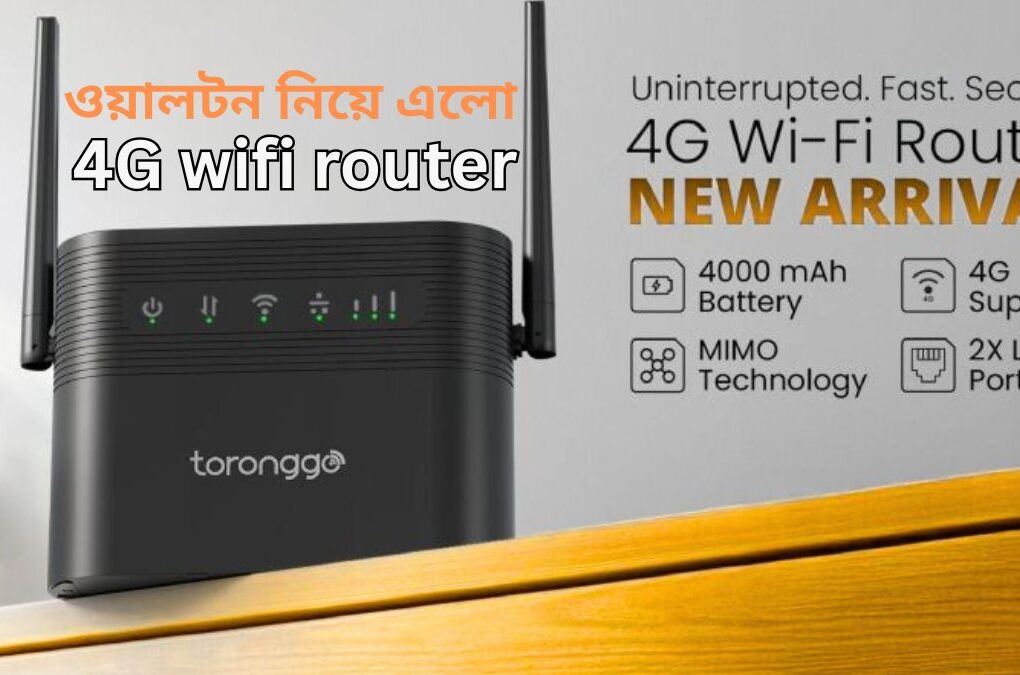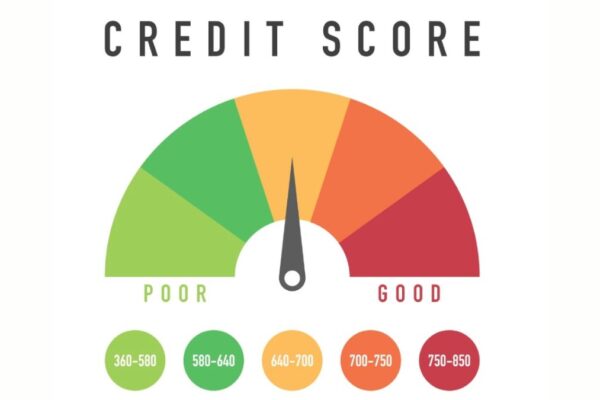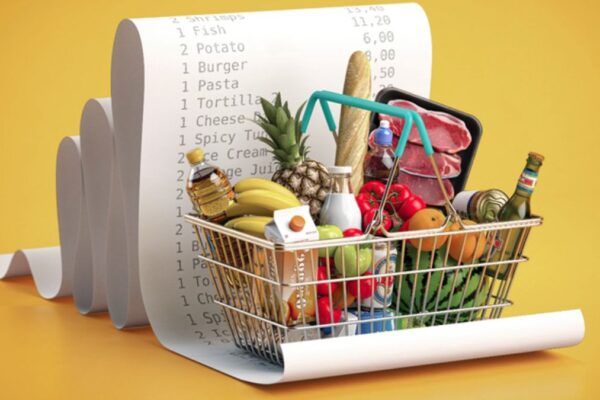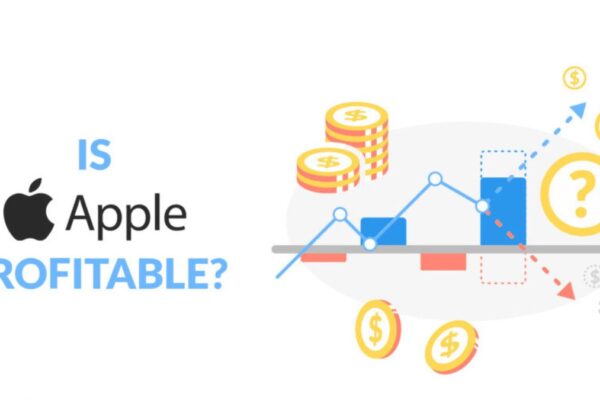

ফোন চুরি হলে Photos and videos recover করা সম্ভব
ফোন চুরি হওয়া একটি দুঃখজনক এবং চাপের অভিজ্ঞতা। ফোনের মধ্যে থাকা গুরুত্বপূর্ণ Photos and videos recover , ডকুমেন্টস এবং অন্যান্য ডেটা হারিয়ে যাওয়ার ভয় ব্যবহারকারীদের আতঙ্কিত করে তোলে। তবে, আশার কথা হলো, সঠিক পদক্ষেপ নিলে চুরি যাওয়া ফোন থেকে Photos and videos recover করা সম্ভব। ১. ফোন চুরি হলে প্রথমে কী করবেন? ফোন চুরি বা…

যে ৫ কাজে ChatGPT হতে পারে পরম বন্ধু
আধুনিক প্রযুক্তির এই যুগে কৃত্রিম বুদ্ধিমত্তা (AI) আমাদের দৈনন্দিন জীবনের অবিচ্ছেদ্য অংশ হয়ে উঠেছে। এর মধ্যে চ্যাটজিপিটি (ChatGPT) একটি উল্লেখযোগ্য নাম, যা শুধু তথ্য প্রদানই নয়, বরং ব্যবহারকারীর জন্য একটি বিশ্বস্ত সহকারী হিসেবে কাজ করে। এটি শেখার সহায়ক, কাজের পার্টনার, সৃজনশীলতার উৎস, ব্যক্তিগত পরামর্শদাতা এবং আরও অনেক কিছু হতে পারে। এই প্রবন্ধে আমরা ৫টি বিশেষ কাজ নিয়ে আলোচনা করব,…

Phone and laptop হ্যাকারের থেকে সুরক্ষিত করার উপায়
প্রযুক্তির উন্নতির সাথে সাথে সাইবার অপরাধও বেড়ে চলেছে। Phone and laptop হ্যাকাররা প্রতিনিয়ত নতুন নতুন পদ্ধতি আবিষ্কার করে সাধারণ ব্যবহারকারীদের ডেটা চুরি, ফিশিং, ম্যালওয়্যার আক্রমণ এবং আর্থিক ক্ষতির শিকার করছে। ফোন ও ল্যাপটপ আমাদের দৈনন্দিন জীবনের অপরিহার্য অংশ, তাই এগুলোর সুরক্ষা নিশ্চিত করা অত্যন্ত গুরুত্বপূর্ণ। ১. শক্তিশালী পাসওয়ার্ড ও বায়োমেট্রিক সিকিউরিটি ব্যবহার করুন কেন গুরুত্বপূর্ণ?…

New WhatsApp AI tab যুক্ত হচ্ছে আপনার ফোনে
WhatsApp AI tab বিশ্বের সবচেয়ে জনপ্রিয় মেসেজিং অ্যাপ্লিকেশনগুলোর মধ্যে একটি, যা ক্রমাগত নতুন ফিচার যোগ করে ব্যবহারকারীদের জন্য আরও সুবিধাজনক ও ইন্টেলিজেন্ট করে তুলছে। সম্প্রতি WhatsApp AI tab (আর্টিফিশিয়াল ইন্টেলিজেন্স) ট্যাব যুক্ত করার ঘোষণা দিয়েছে, যা ব্যবহারকারীদের চ্যাটিং অভিজ্ঞতাকে আরও উন্নত করবে। এই প্রবন্ধে আমরা WhatsApp-এর এই নতুন AI ট্যাব সম্পর্কে বিস্তারিত আলোচনা করব, যাতে…

WhatsApp IP Address লুকিয়ে রাখার সেরা পদ্ধতি
WhatsApp বিশ্বের সবচেয়ে জনপ্রিয় মেসেজিং অ্যাপ্লিকেশনগুলোর মধ্যে একটি। তবে, ব্যবহারকারীদের গোপনীয়তা রক্ষা করতে অনেকেই চান তাদের WhatsApp IP Address লুকিয়ে রাখতে। আইপি অ্যাড্রেস লুকিয়ে রাখার মাধ্যমে আপনি আপনার অবস্থান, নেটওয়ার্কের তথ্য এবং অন্যান্য সেনসিটিভ ডেটা অন্যদের থেকে গোপন রাখতে পারবেন। এই গাইডে, আমরা WhatsApp-এর আইপি অ্যাড্রেস কীভাবে লুকিয়ে রাখা যায় তা ধাপে ধাপে আলোচনা করব। এছাড়াও, VPN, প্রাইভেট DNS,…

Google Calendar ব্যবহারেও হ্যাকারের ফাঁদে পড়তে পারেন
Google Calendar একটি অত্যন্ত জনপ্রিয় টুল যা ব্যবহারকারীদের তাদের দৈনন্দিন কাজ, মিটিং, ইভেন্ট এবং রিমাইন্ডারগুলি সংগঠিত করতে সাহায্য করে। তবে, এই সুবিধাজনক টুলটিও সাইবার অপরাধীদের টার্গেটে পরিণত হতে পারে। অনেক ব্যবহারকারী জানেন না যে গুগল ক্যালেন্ডারের মাধ্যমে হ্যাকাররা ফিশিং, ম্যালওয়্যার ইনস্টলেশন, ডেটা চুরি এবং এমনকি আইডেন্টিটি থেফ্টের মতো গুরুতর সাইবার অপরাধ করতে পারে। এই প্রবন্ধে,…

হোটেল রুমে Hidden Camera আছে কি না বোঝার ৬টি উপায়
Hidden Camera সাধারণত এমন জায়গায় রাখা হয়, যেখানে সহজে চোখে পড়ে না—যেমন স্মোক ডিটেক্টরে, টিভি রিমোটে, ওয়াল ক্লক, এয়ার ভেন্ট, এমনকি বাথরুমের শাওয়ার হেডেও। এই ক্যামেরাগুলো Wi-Fi বা ব্লুটুথের মাধ্যমে রিয়েল-টাইমে ভিডিও ট্রান্সমিট করতে পারে। তাই, হোটেল রুমে ঢোকার পরই কিছু সতর্কতা অবলম্বন করা জরুরি। ১. সাধারণ দৃশ্য পরিদর্শন (Physical Inspection) কীভাবে করবেন? কী দেখতে…

Internet ছাড়া AI ব্যবহার করতে পারবেন
আর্টিফিশিয়াল ইন্টেলিজেন্স (AI) আজকের ডিজিটাল যুগের একটি গুরুত্বপূর্ণ অংশ। সাধারণত, AI ব্যবহারের জন্য ইন্টারনেট সংযোগ প্রয়োজন বলে ধরা হয়, কিন্তু অনেকেই জানেন না যে ইন্টারনেট ছাড়াও AI ব্যবহার করা সম্ভব। এই প্রবন্ধে আমরা ইন্টারনেট ছাড়া কীভাবে AI ব্যবহার করা যায়, তার সুবিধা, প্রয়োজনীয় সফটওয়্যার ও হার্ডওয়্যার, এবং ব্যবহারের বিভিন্ন দিক নিয়ে বিস্তারিত আলোচনা করব। ১….

যেভাবে Free Wi-Fi সহজ ও নিরাপদে ব্যবহার করবেন
আজকের ডিজিটাল যুগে ইন্টারনেট ছাড়া জীবন অচল। পাবলিক Free Wi-Fi (ওয়াইফাই) আমাদের দৈনন্দিন কাজকে সহজ করে দিয়েছে—হোটেল, ক্যাফে, শপিং মল, বিমানবন্দর বা শিক্ষাপ্রতিষ্ঠানসহ বিভিন্ন জায়গায় ফ্রি Wi-Fi পাওয়া যায়। কিন্তু এই সুবিধার পাশাপাশি রয়েছে নানাবিধ নিরাপত্তা ঝুঁকি। হ্যাকাররা পাবলিক Wi-Fi নেটওয়ার্কের মাধ্যমে ব্যবহারকারীর ব্যক্তিগত তথ্য চুরি করতে পারে, যেমন—পাসওয়ার্ড, ব্যাংকিং ডিটেইলস বা গুরুত্বপূর্ণ ফাইল। ১….

অনলাইনে সহজ পদ্ধতিতে ভূমি উন্নয়ন কর বা খাজনা দেবার নিয়ম
বাংলাদেশে অনলাইনে ভূমি উন্নয়ন কর (Land Development Tax) বা খাজনা পরিশোধের প্রক্রিয়া বেশ সহজ এবং ব্যবহারবান্ধব। নিচে ধাপে ধাপে বিস্তারিত আলোচনা করা হলো: ১. ভূমি উন্নয়ন কর/খাজনা কী? ভূমি উন্নয়ন কর বা খাজনা হলো জমির মালিক বা দখলদার কর্তৃক সরকারকে প্রদেয় বার্ষিক কর। এটি জমির প্রকৃতি, আয়তন ও অবস্থানের ভিত্তিতে নির্ধারিত হয়। ২. অনলাইনে খাজনা…









































































